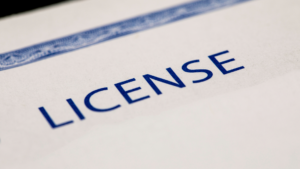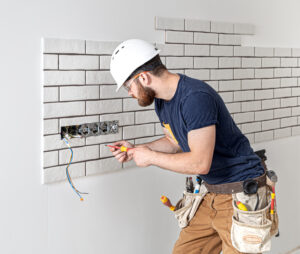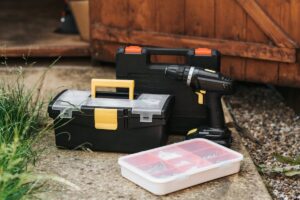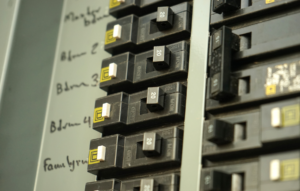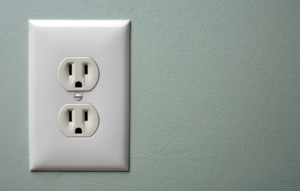A tripped circuit breaker is a common issue in many homes, serving as a protective measure to prevent electrical overloads and potential fires. While resetting a circuit breaker is generally straightforward, it’s important to approach this task with safety in mind. Here’s how to safely reset your circuit breaker and recognize when it’s time to call in a professional electrician.
Understanding Circuit Breakers
A circuit breaker is designed to automatically shut off electrical flow when it detects an overload or short circuit, protecting your home from potential damage. Located in your electrical panel, each breaker is associated with a specific area or appliance in your home.
How to Safely Reset a Circuit Breaker
Step 1: Identify the Tripped Breaker Open your electrical panel and look for the breaker that’s in the “off” position or middle position, which indicates it has tripped. Breakers that are on will be in the “on” position, and the rest should be aligned in the same direction.
Step 2: Prepare for Reset Before touching the breaker, ensure your hands are dry and you’re standing on a dry surface to reduce the risk of electrical shock. It’s a good idea to use insulated rubber-soled shoes for extra protection.
Step 3: Reset the Breaker Firmly push the tripped breaker to the “off” position and then to the “on” position. You should hear a click sound as it resets. This restores power to the associated area or appliance.
When to Call a Professional
While resetting a tripped circuit breaker is usually a simple fix, frequent trips can signal deeper electrical issues. Here are some scenarios when it’s best to call a professional electrician:
- Frequent Tripping: If the same breaker trips repeatedly, it could indicate an overloaded circuit or faulty wiring that needs expert attention.
- Burning Smell or Visible Damage: A burning smell from the breaker box or visible signs of damage like scorch marks are serious safety concerns. Turn off the main power and contact a professional immediately.
- Electrical Shocks: If you receive a shock from an appliance or while resetting a breaker, there may be a grounding issue that requires professional diagnosis.
- Old or Outdated Panel: Older homes with outdated panels may not meet current safety standards. If you experience issues with an old panel, it’s time for a professional evaluation and possibly an upgrade.
Conclusion
Resetting a circuit breaker is a basic task that homeowners can safely perform with the right precautions. However, it’s important to stay vigilant for signs of underlying electrical problems. Always prioritize safety and don’t hesitate to seek professional help for electrical issues beyond simple resets. By doing so, you ensure the continued safety and efficiency of your home’s electrical system.


